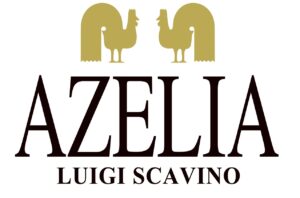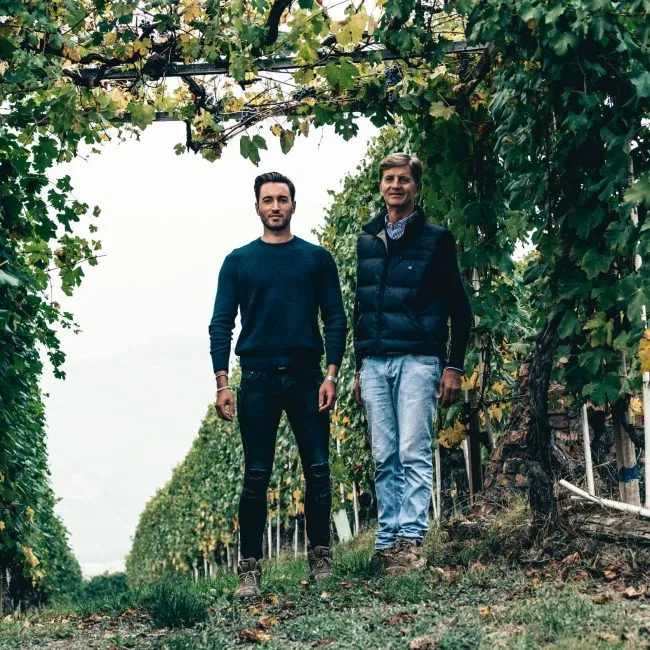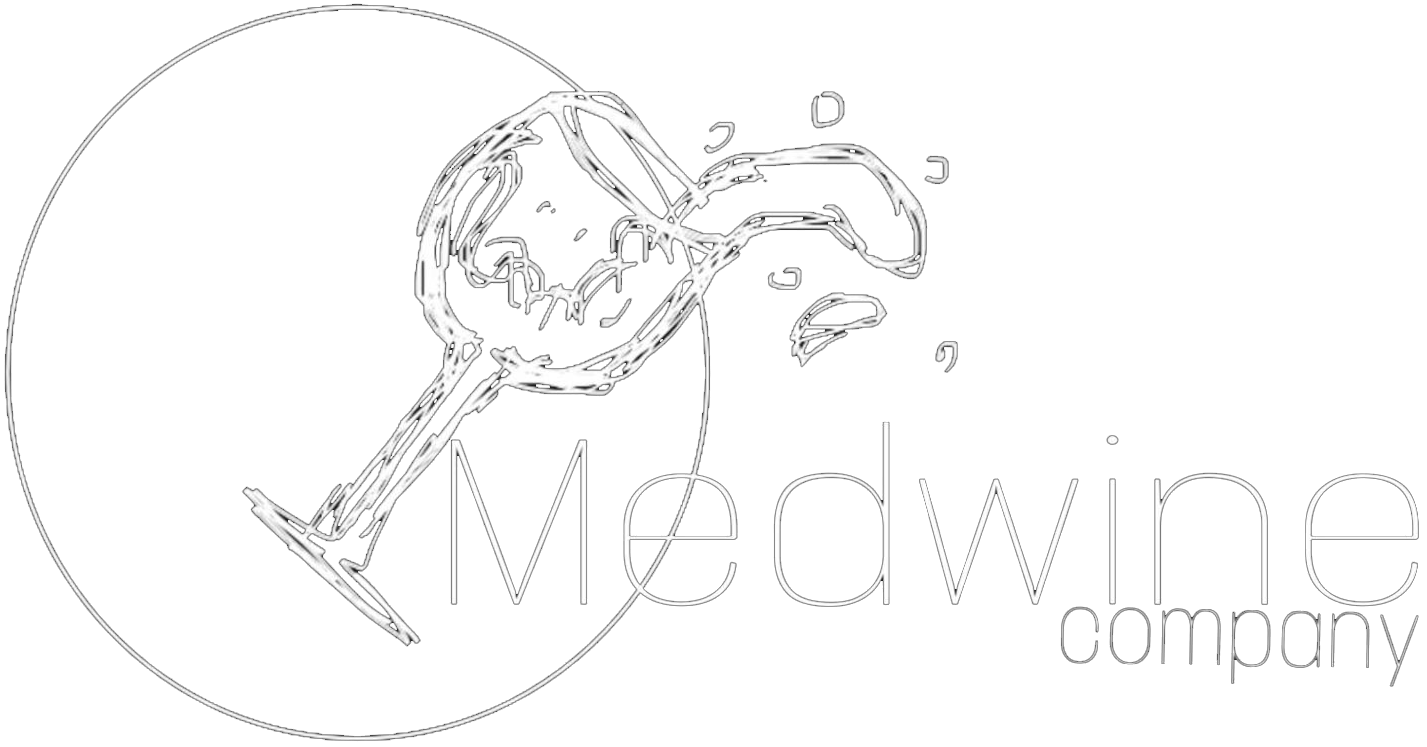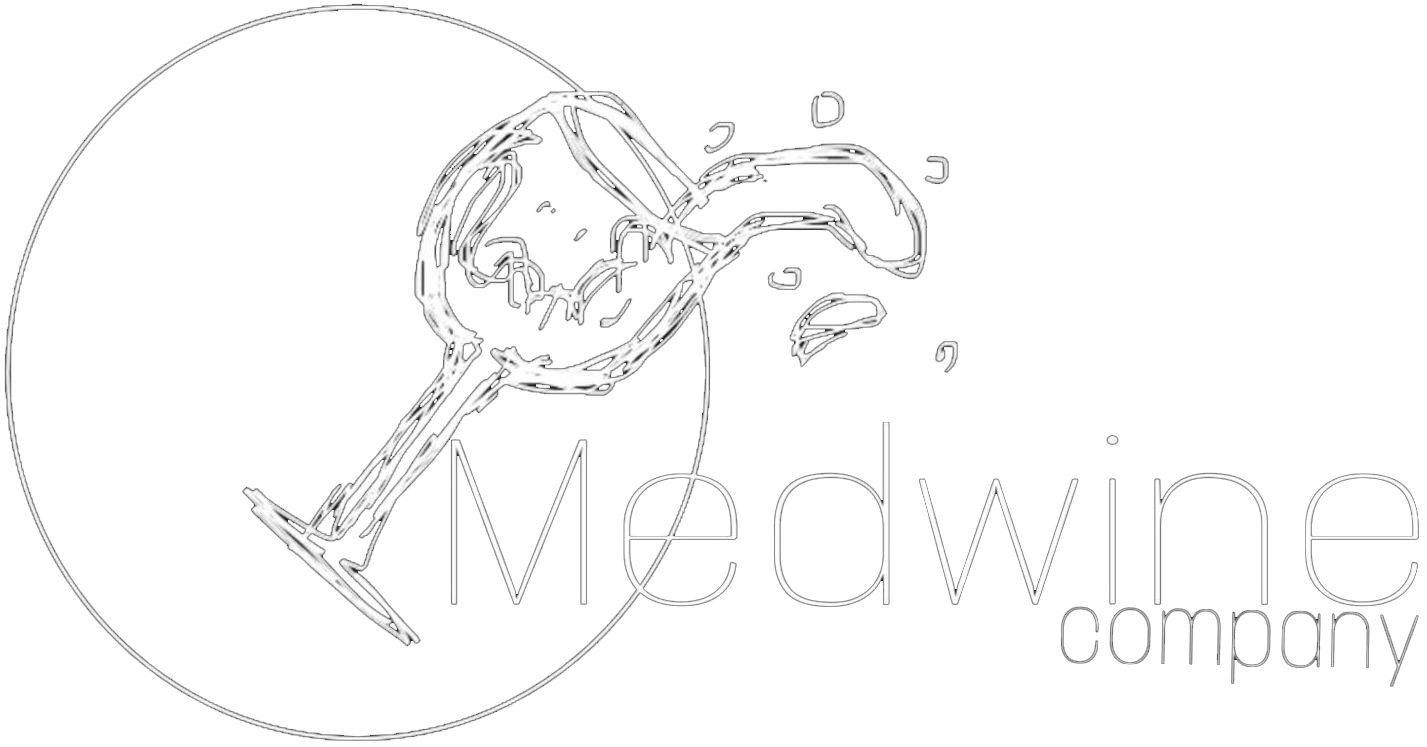Il Carpino

AZELIA LUIGI SCAVINO
CASTIGLIONE FALLETTO, LANGHE PIEMONTE
The Azienda Agricola Azelia is located within the commune of Castiglione Falletto, a small town in the Langhe region, in the heart of the area where Barolo is made. It was established in 1920 by Cavalier Lorenzo Scavino, great- grandfather of the present owner Luigi Scavino, and at the beginning it was a small farm. Luigi Scavino’s grandfather, Alfonso, decided to vinify the grapes from the estate vineyards and started bottling the wine. Thanks to Luigi’s father, Lorenzo, with perseverance and willpower, the wines were for the first time exported.
Luigi, with an experience of over 40 harvests, is now supported by his wife Lorella and by his son Lorenzo, named after Luigi’s father, and who represents the fifth generation of wine producers. Luigi continues to apply what he learnt from his father, together with suitable modern techniques and respect for tradition and he exclusively vinifies the grapes from his estate vineyards.
The family management is essential as it permits an extreme precision in every step of the production.


